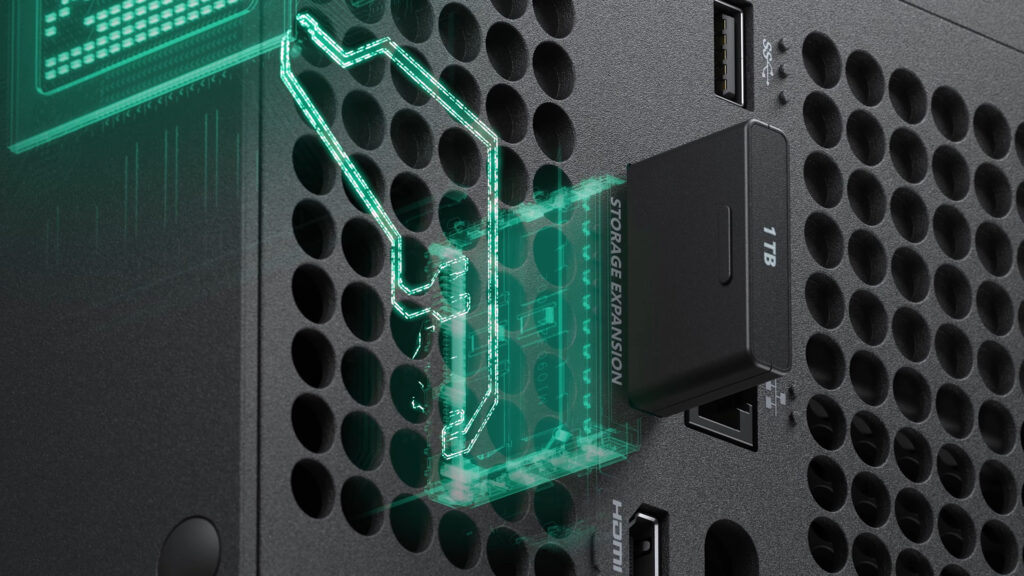🔴 Website 👉 https://u-s-news.com/
Telegram 👉 https://t.me/usnewscom_channel
- Seagate quietly ships 40TB HAMR drives, setting the pace for the next storage next
- Mozaic HAMR tech crams 4TB per platter, promising massive boosts in storage efficiency
- Data center expansion will dictate how fast these record-breaking 40TB drives hit the mainstream
At the recent Seagate’s Investor and Analyst Conference, the company revealed it has delivered limited units of its new 40TB hard drives based on its Mozaic HAMR platform.
These 40TB drives use Heat-Assisted Magnetic Recording (HAMR) to achieve 4TB per platter across ten platters, marking a shift toward Seagate’s Mozaic 4+ platform.
While these are not yet broadly available, full-scale production is slated to begin in the first half of 2026 following extensive customer qualification testing.
Full-scale production to commence next year
“We have shipped limited 40 terabyte engineering samples to our customer already. We do plan to initiate quals next quarter, and we’ll continue quals into 2026, where we’ll be bringing over a wide portion of our customer base to the Mozaic 4 platform,” said Dr. John Morris, Seagate’s CTO.
Volume readiness will depend on how data centers integrate and validate the drives. However, the goal is to move a significant share of Seagate’s exabyte shipments to HAMR-based drives, which promise higher capacity and data center efficiency.
As CEO, Dr. Dave Mosley explained, “10 disks would get you to 40 terabytes… this gives better efficiencies in the data center. At the fleet level, this is how our customers think.”
Seagate’s long-term plan involves rolling out even larger capacities, including 44TB drives by 2027 and 50TB drives by 2028.
The delay from its original 2017 projection for 50TB drives by 2026 underscores the complexities of scaling HAMR technology. Yet, the 40TB development still positions Seagate in the race to offer the largest HDD on the market.
Rival companies are following different strategies. Western Digital (WD) continues to expand capacity through ePMR and OptiNAND, reserving HAMR for its own 40TB launch expected in late 2026.
“Other companies have started adopting HAMR with 30TB HDDs, but we believe HAMR’s true potential begins at 40TB. Until then, we’ll continue using technologies like OptiNAND and UltraSMR to increase the capacity of existing HDDs up to 40TB,” said Kimihiko Nishio, WD’s sales manager in Japan.
Toshiba, another key player, has been developing its technologies, such as Microwave-Assisted Magnetic Recording (MAMR).
The company aims to release its first 35TB HDD based on HAMR before 2026. Toshiba’s strategy involves combining MAMR with future HAMR implementations to achieve these capacities.
These drives won’t appeal to average consumers looking for the fastest HDD or even the best HDD for home use, their development is closely tied to the AI-driven cybersecurity arms race.
Seagate’s early shipments of 40TB drives suggest technical leadership in the race to develop the largest HDD, but the path to commercial reality is winding, and the cautious stance of competitors implies the challenges are considerable.
